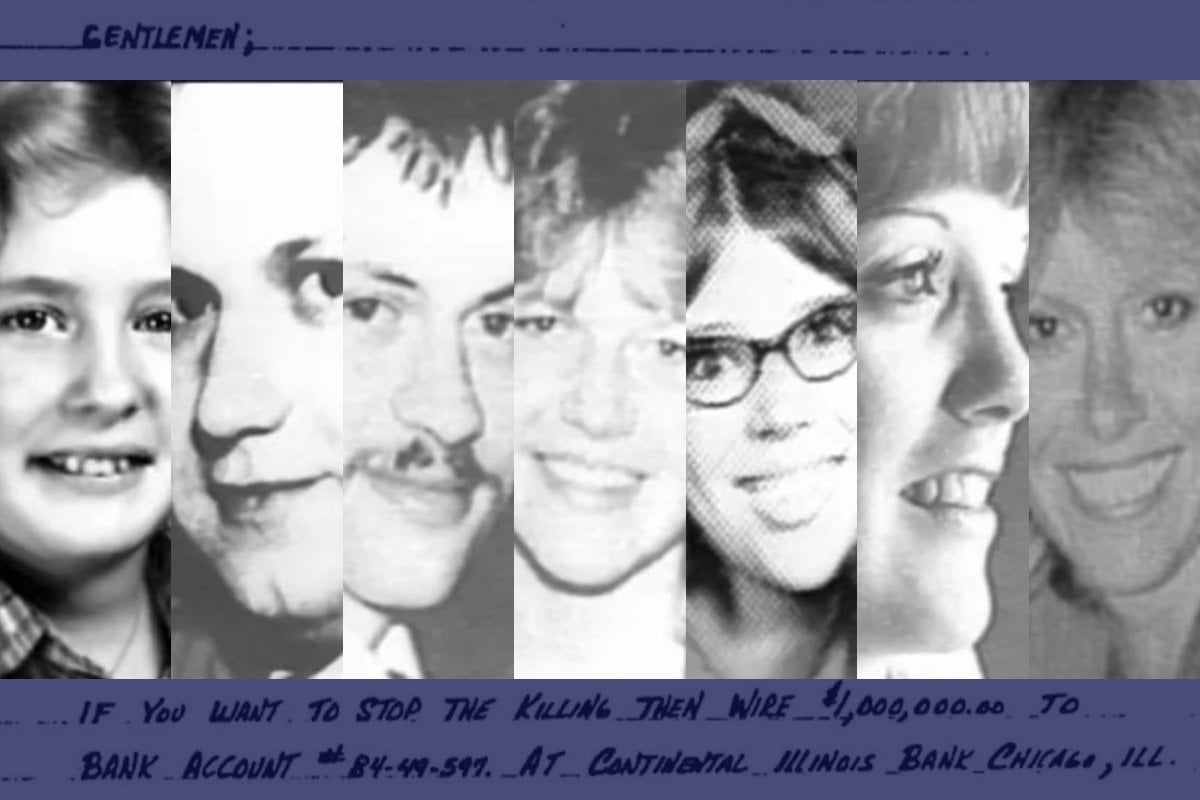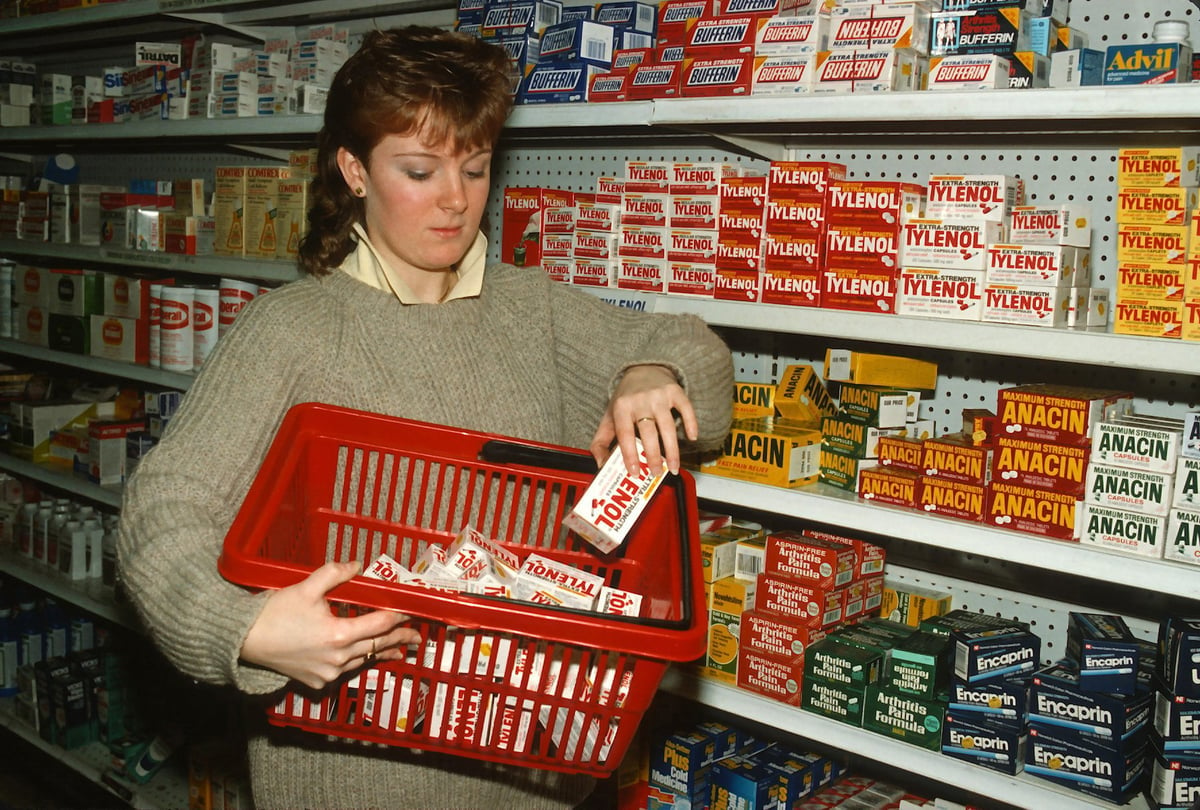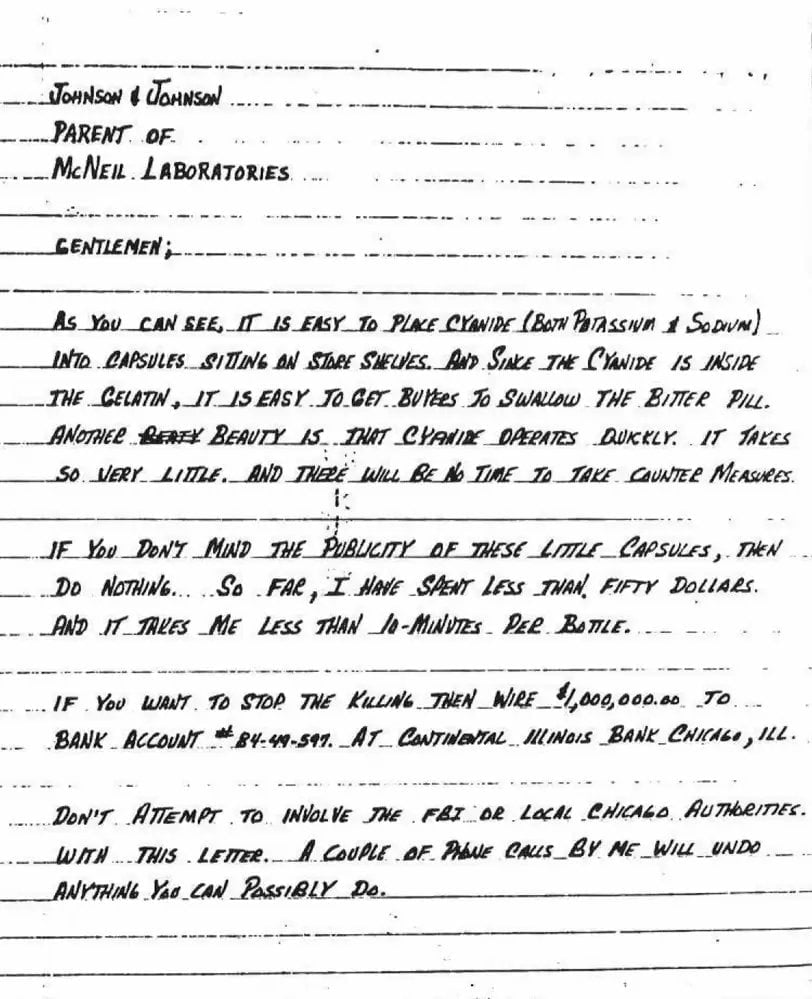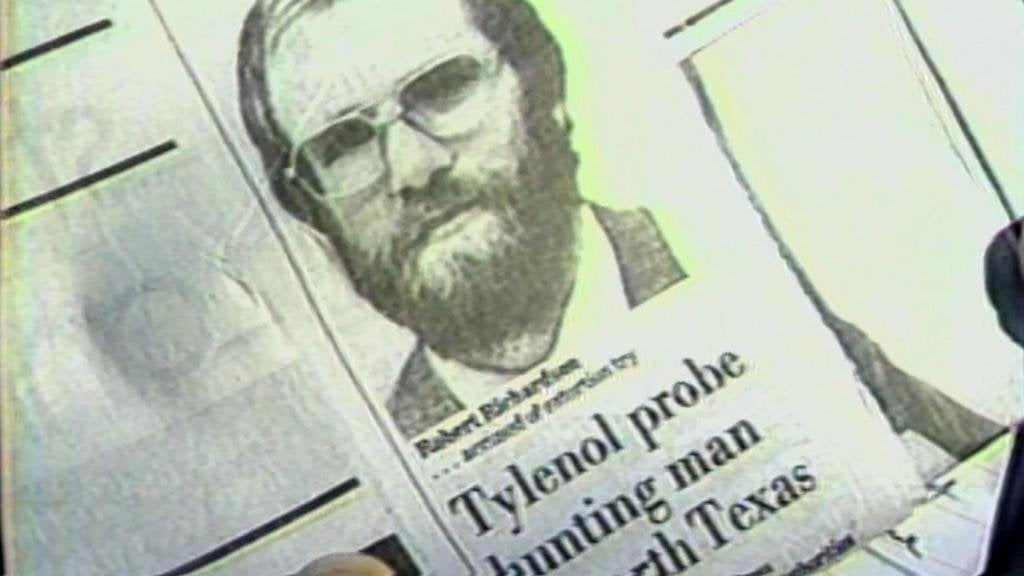
Early on the morning of September 29, 1982, 12-year-old Chicago girl Mary Kellerman woke up with a sore throat and runny nose.
Her parents gave her a Tylenol capsule to take before going to school. She then collapsed on the bathroom floor.
Mary was rushed to hospital, but died within a few hours.
That same day, 27-year-old postal worker Adam Janus took the day off work because he wasn't feeling well.
He took a couple of Tylenol and then collapsed. He could not be revived.
Later that afternoon, Adam’s family went to his house to discuss funeral arrangements, when his younger brother, 25-year-old Stanley, asked for some Tylenol to ease his back pain.
His wife, 19-year-old Theresa, gave him two capsules, then took two herself. He collapsed, and then she collapsed.
Listen to Mamamia's True Crime Conversations podcast. Post continues below.
While investigators were racking their brains over the deaths, three more women passed away.
There was 27-year-old Mary Reiner who started to feel unwell on her way home from giving birth to her fourth child.
She took two Tylenol but her condition worsened and she returned to the hospital. Mary died before doctors had gotten to see what was wrong.



